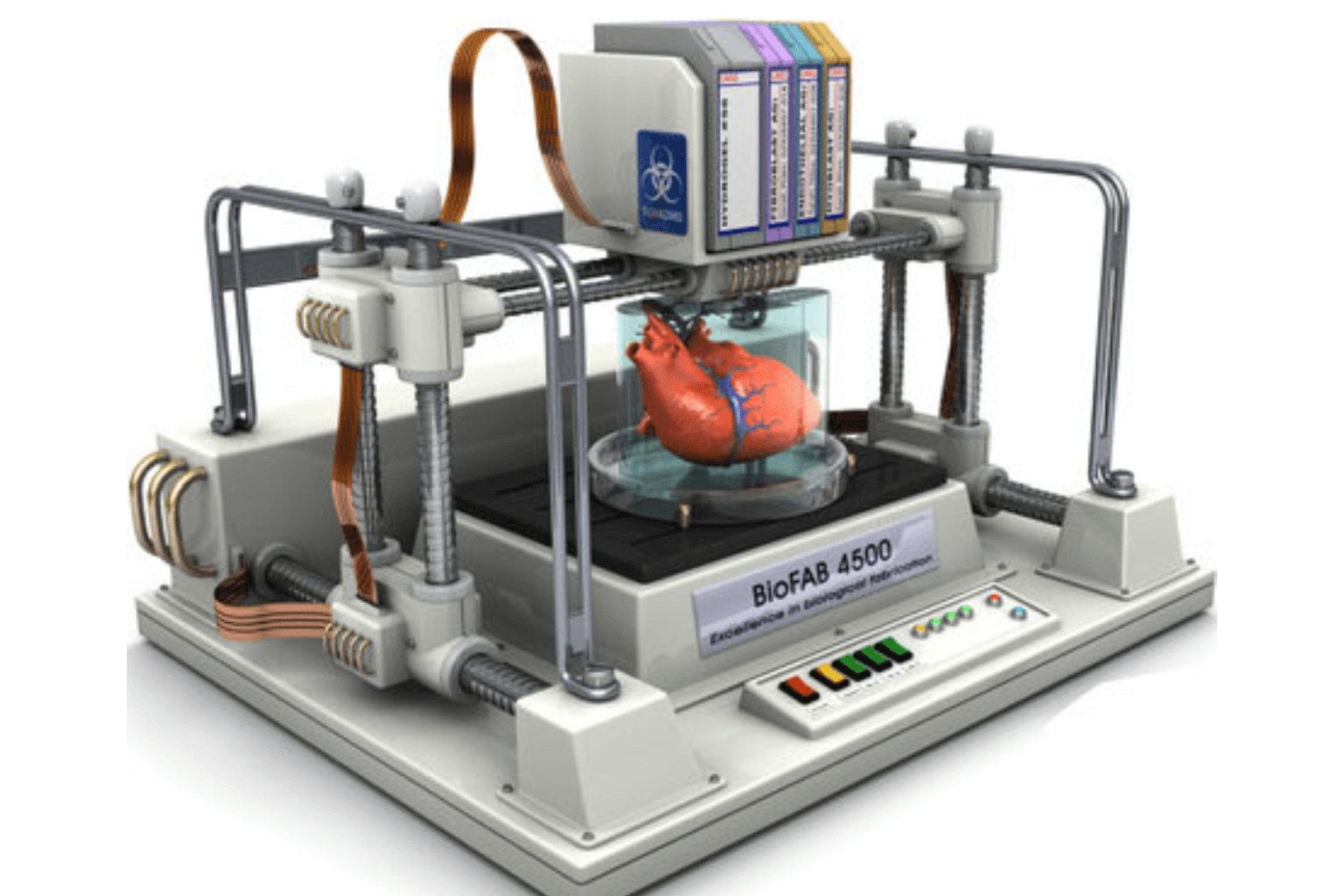
US University Uses AI to ‘Print’ Human Organs, Study Sparks Hope for Medical Breakthroughs
Researchers at a US university are using AI to print human parts, which could lead to big steps forward in medical technology.
Artificial intelligence (AI) keeps pushing the limits of what is possible. For example, it can help find cancer early and make the workplace more productive. Researchers at Washington State University (WSU) are now looking into a new and exciting way to use AI: printing human parts in 3D.
The idea might seem like something from the future, but new information suggests it might become a fact one day. With the help of an AI technique called Bayesian Optimisation, the team at WSU has created a way that could make 3D printing complex, lifelike human organs much faster and more accurate.
The results, which were published in the journal Advanced Materials Technologies, show how this AI-driven method could change the way 3D printing is used, not just for making artificial organs but also for making complex designs in electronics and wearable biosensors.
The main improvement is that the AI program can now be used to 3D print even the most complicated structures quickly and accurately. This gives us a glimpse of a future where it might be possible to make human organs that work in a lab.
An in-depth story by WSU Insider said that the AI algorithm was taught to find and print the most accurate models of the kidney and prostate organs as part of the study. It’s amazing that the model was able to make 60 versions of these organs that were better and better. It was said that the AI technique would make the process better by saving time, money, and work, which would be a big improvement over the old ways of doing things.
Addressing Challenges in 3D Printing
3D printing has become more popular in recent years, but it can be hard to get right, especially when you need to set the right conditions for complicated printing jobs. The process is complicated and takes a long time because engineers have to think about things like the materials, the printer’s setup, and the pressure at the tip.
The AI model created at WSU solves these problems by finding the right balance between physical accuracy, density, and printing time. This lets them make organ models that look and work like real organs.
There are many possible uses for this technology besides health. It could have effects on fields like automobile engineering, computer science, and aviation if it comes true.
The 3D-printed organ models could be used to teach doctors new skills or test implant devices. But in order to be useful, they would need to accurately reflect the mechanical and physical features of real organs, such as the complex webs of veins, arteries, and other channels.
In the beginning of their work, the WSU researchers taught the AI how to print a model of a prostate that could be used for practice surgery. This model’s success showed how flexible the algorithm was; it was used to make a kidney model with only small changes.
Because it can be used in a lot of different situations, the AI technique could be a very useful tool in the ongoing work to improve 3D printing technology in both medical and industrial settings.


